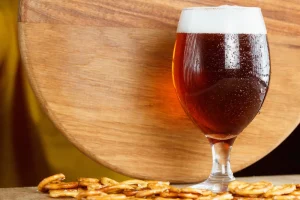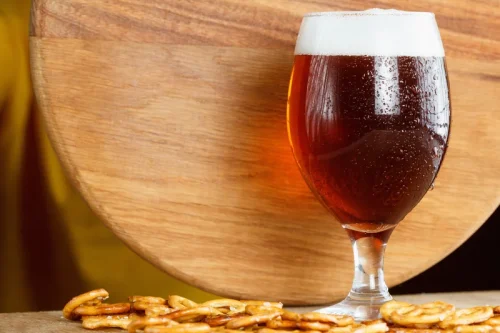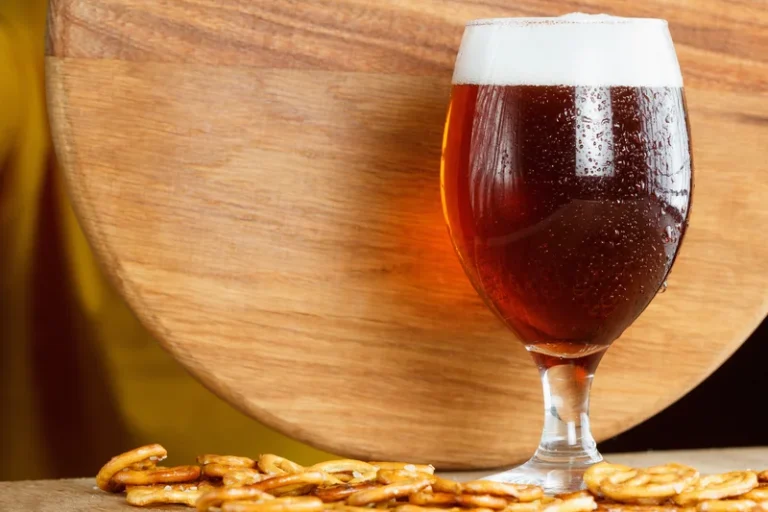Substance and Behavioral Addictions among American Indian and Alaska Native Populations

There is much work to be done to ameliorate the mental, physical, and social damages that the AIAN population experiences. The path to move forward must include interventions that capitalize on AIANs’ strengths and resilience. These interventions and initiatives must be done in a culturally respectful and sensitive manner. Future research must also recognize the ecological and historical context for addictive behaviors among AIANs. Future work must also be based on appropriate treatment options that incorporate cultural traditions and ways of healing. Research with the AIAN population must also be done with humility and willingness to follow cultural practices, such as listening to and engaging the AIAN community and not imposing Westernized frameworks and methodologies when they are not well-received.
Issues in the treatment of Native Americans

To combat issues like the loss of cultural identity, many treatment facilities have begun combining native teachings with modern evidence-based practices and cognitive behavioral therapies. Social detoxification centers, mentioned above under secondary prevention, can also be an important tool for tertiary prevention. Alcohol Use Disorder Individuals in advanced states of alcohol misuse could be identified in detox centers and aggressively referred to alcohol treatment and other therapeutic health and behavioral interventions. Two longitudinal studies of adult Indian drinkers provide significant findings about drinking careers among the adult American Indian population.

7. AIAN Protective Factors for Substance Use Disorders
- As an example, in 2018, Native Americans were 1.8 times more likely to be diagnosed with chronic liver disease compared to Non-Hispanic Whites and almost 4 times more likely to die than Non-Hispanic Whites, according to the US Department of Health and Human Services Office of Minority Health.
- Next, participants completed the UNM CASAA self-report measure of previous treatment experiences (Lifetime Treatment History Interview; casaa.unm.edu/inst.htm).
- Nevertheless, our sample represents a range of community experts with deep personal and professional knowledge of the alcohol environment of their community.
- Nicole P. Yuan, Ph.D., is an assistant professor in the Mel and Enid Zuckerman College of Public Health at the University of Arizona.
Respondents noted that Tribal ambiguity about alcohol legalization was rooted in historical relationships and in debates about future directions as much as concerns about risk and profits. All data—i.e., the detailed interview notes and the interview transcripts—were securely maintained on a website accessible to project team members of the three research partner agencies. Per agreement with the Tribal research review board, all Tribal, organizational, and respondent identities are concealed, and the data are property of the Tribe, but have been made available to all research partners for the duration of the study.
Chapter: 11 Overview of Alcohol Abuse Epidemiology for American Indian Populations
The main purpose of the current study was to examine tribal members’ perspectives and experiences with alcohol, risk factors, consequences, and community responses. The second aim was to identify potentially effective alcohol intervention and prevention approaches for reservation-based Native communities. This investigation was part of the larger Ten Tribes Study, a collaboration of Native American Nations and Confederations, the University of Arizona, and the National Institute on Alcohol Abuse and Alcoholism (NIAAA). The Ten Tribes Study measured genetic and environmental vulnerability factors of alcoholism among seven geographically diverse American Indian tribes. The present study is based on focus group interviews conducted with five tribes prior to implementation of the main study. Table 1 ▶ compares the National Longitudinal Alcohol Epidemiologic Study data with those derived from AI-SUPERPFP.
Although some American Indians may be hesitant to become directly involved in the alcohol cessation behaviors and sobriety of loved ones, emphasis on values of family alcoholism statistics and tribal cohesion may encourage greater involvement in community-wide efforts. Such actions may reduce the isolation of individuals with drinking problems and support better decision making about alcohol use and other health behaviors. Native American values may also serve as the foundation for multilevel community-based prevention strategies that address interactions between individual, social, cultural, and environmental influences. Socioecological approaches, tailored for individual tribes, may effectively reduce the normalization of Indian drinking (Giesbrecht, 2007). It is noteworthy, however, that value-driven and socioecological approaches may conflict with current health policies that require the adoption of evidence-based interventions in Indian country, many of which have a more narrow focus.

Certain factors may contribute to the development of alcohol use disorders among Native Americans as well as prevent them from seeking help. Economic issues, cultural loss, domestic abuse, and physical and mental health issues may put Native Americans at higher risk of substance misuse. History may have therefore sown the seeds for the prevalence of alcohol abuse in North American indigenous populations.
- According to his research, some Indian youth become heavily involved with alcohol and illicit drugs at an early age and continue that pattern into at least young adulthood.
- Alcohol and substance use disorders are very complex and challenging problems within the American Indian and Native Alaska populations.
- Hence, this sample’s experience with criminal justice and treatment systems may be quite different from that of other American Indian/Alaska Natives struggling with alcohol dependence.
- Definitions of what may constitute alcohol treatment are extensive and sometimes controversial.
Approximately a dozen studies have now been published on the biophysiology of alcohol processing among American Indians (see, for example, Bennion and Li, 1976; Reed et al., 1976; Schaefer, 1981; Rex et al., 1985; Segal and Duffy, 1992). Thus, the findings of these studies are in keeping with those of studies conducted among ethnic groups throughout the world. This study was a component of a larger study (Venner & Feldstein, 2006) investigating American Indian/Alaska Natives‘ progression into and out of alcohol dependence. Specifically, in the larger study, Venner and Feldstein (2006) sought to evaluate which elements of alcohol dependence may be common across cultures, and which may be differentially shaped by culture.
Potential respondents were identified and recruited primarily by staff from the local community development partner and by chain referral (Biernacki & Waldorf, 1981). Because we understood that alcohol availability was a contested issue, we deliberately sought individuals who could represent the range of opinions, including asking interview respondents to help us identify people whose views on alcohol availability might differ from theirs. In addition to numerous tribally based programs, the agency currently funds 7 regional treatment facilities for women and 12 for adolescents. In the past decade, much of the central responsibility for running those programs has shifted from the Federal Government and the IHS to tribal control. Accompanying the trend toward tribal control is a movement toward the use of traditional cultural and spiritual beliefs and practices in treatment.
2. Historical Trauma

First, article titles and abstracts were reviewed to identify whether (1) the articles had an AIAN sample exclusively or had a sample that included AIANs (2) articles examined substance use disorders (SUD) and/or behavioral or gambling addictions as outcomes. Other inclusion criteria were that articles had to be in English and used qualitative, quantitative, or mixed methods assessing SUD and/or behavioral addictions. In the second step, authors reviewed the full-text articles previously identified and grouped studies according to the aforementioned outcomes. Authors resolved questions and disagreements through ongoing discussions and revisions to the matrix (described below). Alcohol-induced deaths were highest among AIANs, followed by Whites, and Latino groups, with 93.1, 12.9, and 12.2 per 100,000, respectively 4. Deaths attributed to alcohol increased significantly at a rate of 4.0% per year from 2000–2017; this increase was also highest for AIANs compared to Whites and other ethnic and racial groups 1.

Other youth exhibit an “experimental” or social style of use that varies with different environmental conditions and does not necessarily lead to a lifelong alcohol abuse pattern. Participants were informed that their input would enhance understanding of the unique factors that influence the development of alcoholism, improve the cultural appropriateness of the main study protocol and questionnaires, and strengthen the community-research partnership in general. Purposeful selection of participants was used to obtain a cross representation of the community with regards to gender, age, educational level, employment, and community role. Some held one or more positions with various tribal offices, departments, and committees during their lifetime, whereas others were well-respected lay helpers.
